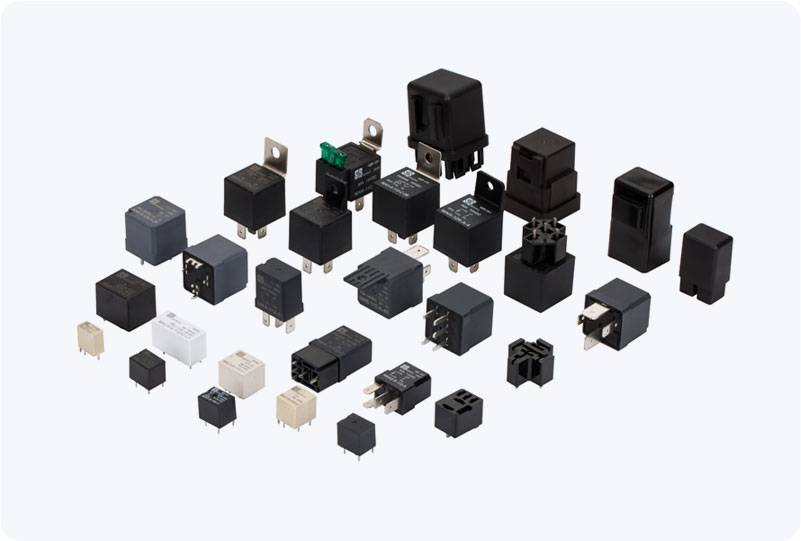High Current Power Relays are critical components used in modern electrical systems to control high-power circuits. These devices are designed to switch large currents while being controlled by low-power signals, making them indispensable in industries where robust power management and safety are paramount. In this article, we will explore the features, applications, and benefits of High Current Power Relays, along with the key considerations for selecting the right relay for different power-switching needs.

What is a High Current Power Relay? A High Current Power Relay is an electromechanical or solid-state switching device that can control high-voltage, high-current circuits using a low-power input signal. This capability is especially valuable when it is necessary to isolate and control high-power equipment while keeping the control circuits safe and efficient. These relays use durable materials, often including specialized metals for the contacts, to handle the high electrical loads they are designed for. While traditional relays are used for low to medium-power switching, high current power relays are built to handle the extreme demands of high-power systems, including industrial machinery, automotive applications, and energy systems.